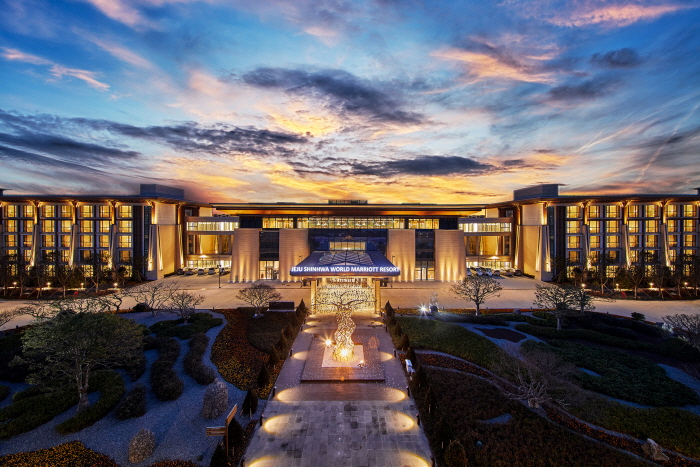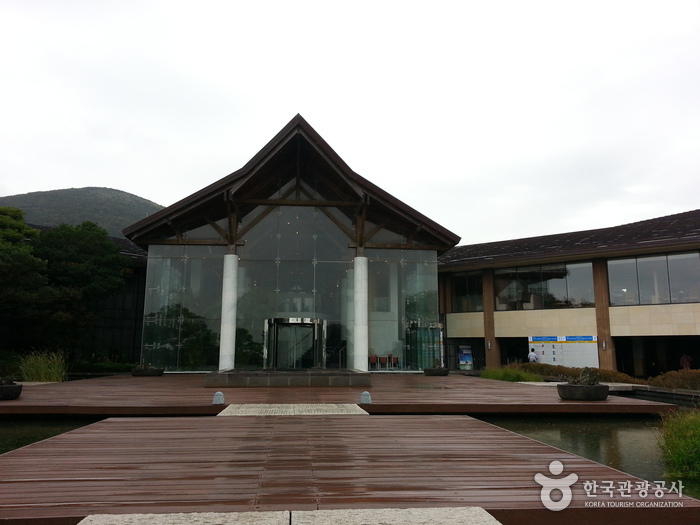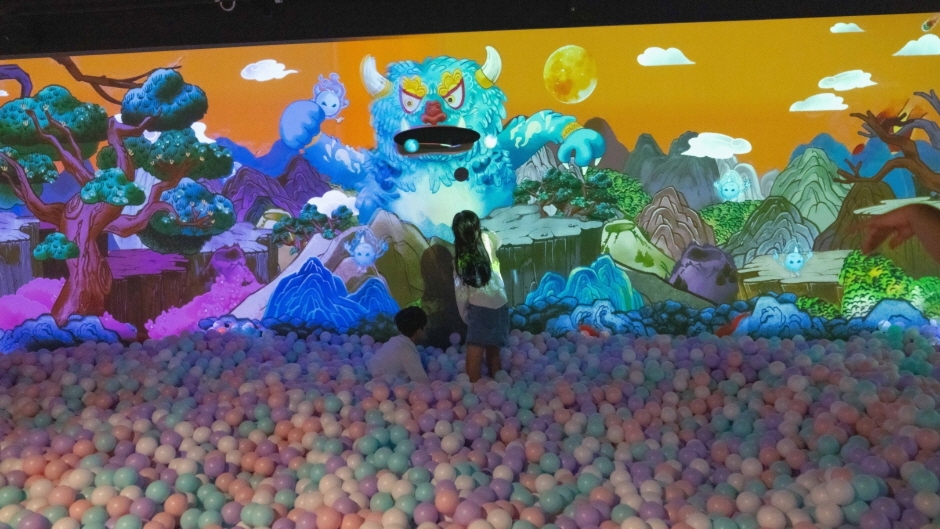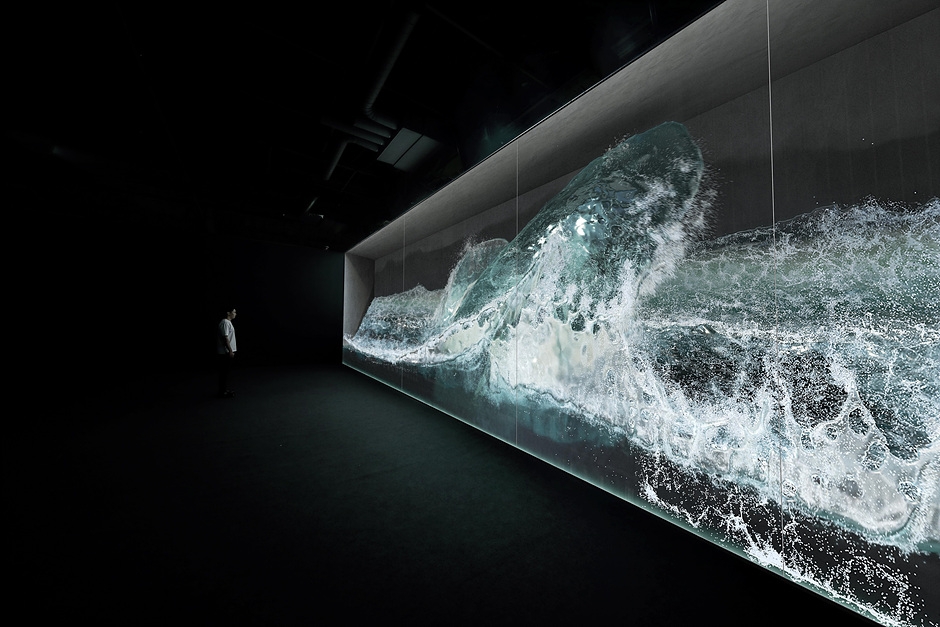S.I.Village - Shinsegae Simon Jeju Outlets Branch [Tax Refund Shop] (S I 빌리지 신세계사이먼 제주아울렛)
4.8Km 2024-06-27
38, Sinhwayeoksa-ro 304beon-gil, Andeok-myeon, Seogwipo-si, Jeju-do
-
Jillstuart - Shinsegae Simon Jeju Outlets Branch [Tax Refund Shop] (질 스튜어트 신세계사이먼 제주아울렛)
4.8Km 2024-06-27
38, Sinhwayeoksa-ro 304beon-gil, Andeok-myeon, Seogwipo-si, Jeju-do
-
maje - Shinsegae Simon Jeju Outlets Branch [Tax Refund Shop] (maje 신세계사이먼 제주아울렛)
4.8Km 2024-06-26
38, Sinhwayeoksa-ro 304beon-gil, Andeok-myeon, Seogwipo-si, Jeju-do
-
Jeju Shinhwa World Marriott Resort (메리어트관 제주신화월드 호텔 앤 리조트)
5.1Km 2024-04-02
38 Sinhwayeoksa-ro 304beon-gil, Andeok-myeon, Seogwipo-si, Jeju-do
+82-1670-8800
The Jeju Shinhwa World Marriott Resort, a premier Marriott establishment centrally located within Jeju Shinhwa World, offers 527 guest rooms across its East and West Buildings. With 30% of these being connecting rooms, the resort caters excellently to groups of friends traveling together. The premium rooms and those at higher rates on the 6th floor are especially distinguished by their hinoki wood baths, lending an extra touch of luxury. The resort’s "Mosil" area, inspired by the iconic Seongsan Ilchulbong Tuff Cone of Jeju, features a 25-meter lap pool, complemented by both indoor and outdoor swimming areas, a children's pool and a playground, and an outdoor pool area. Wellness facilities include a spa with seven treatment rooms, a fitness center of practical size, and a sauna, ensuring guests can maintain health and relaxation. Additionally, the resort boasts the Sky on 5 Grill, known for its splendid views, and a sophisticated fine dining restaurant that showcases world-renowned chefs.
Elysian Jeju Country Club (엘리시안 골프 제주)
5.3Km 2022-12-26
1738-116, Pyeonghwa-ro, Jeju-si, Jeju-do
+82-64-798-7001
Located in Aweol-eup on Jeju Island, Elysian Jeju Country Club is a prestigious golf course well known by Korea’s golf aficionados. Not just an ideal place to enjoy a round of golf, the country club also has space that can be booked for business seminars and other events. In addition, the country club provides lodging facilities, a driving range, swimming pool, and spa services to guarantee their guests a perfect vacation.
Wonder Island (원더아일랜드)
5.3Km 2024-01-24
89 Sinhwayeoksa-ro 304beon-gil, Andeok-myeon, Seogwipo-si, Jeju-do
Wonder Island is the nation's first experience-based media exhibition space, and is located inside Summerset Clubhouse within Shinhwa World. The exhibition hall, geared towards children, is divided into 12 different themes that show Jeju's beautiful nature and animals.
Arte Museum Jeju (아르떼뮤지엄 제주)
5.4Km 2024-12-04
478 Eorimbi-ro, Jeju-si, Jeju-do
+82-1899-5008
Arte Museum is the nation's largest immersive media art exhibition presented by world-class digital design company d'strict, which is also famous for the “WAVE” at Coex. The museum displays ten of the most colorful media art exhibits created by lights and sounds on a grand floor space of 4,628 square meters with a maximum x_height of 10 meters which had once been used as a speaker manufacturing factory.
CU - Jeju Shinhwa Villas Branch [Tax Refund Shop] (cu제주신화빌라스점)
5.6Km 2024-06-26
139, Sinhwayeoksa-ro 304beon-gil, Andeok-myeon, Seogwipo-si, Jeju-do
-
Jeju Aerospace Museum (제주항공우주박물관)
5.6Km 2018-08-07
218, Nokchabunjae-ro, Andeok-myeon, Seogwipo-si, Jeju-do
Jeju Aerospace Museum is the largest aerospace museum in Asia. The museum not only offers information and exhibitions related to aerospace as well as astronomy, but it also integrates education with entertainment to provide an enjoyable learning opportunity for both kids and adults. The view from the museum’s second floor is another sight not to be missed.
9.81 Park Jeju (9.81 파크 제주)
5.7Km 2024-12-06
880-24, Cheondeok-ro, Jeju-si, Jeju-do
9.81 Park is the nation's first-ever non-motorized racing theme park that offers a chance to experience various activities including Gravity Racing. As an eco-friendly racing theme park located in Aewol, Jeju Island 9.81 Park allows speed-racing with the help of gravity. Here, visitors can enjoy downhill racing only at the speed of gravity (9.81 ㎨) while looking out at the Jeju sea as well as relaxing uphill racing by automatic operation while facing Hallasan Mountain.
◎ Travel information to meet Hallyu’s charm – variety show “EXchange / Transit Love 3”
This is the place where Chang-jin and Da-hye enjoyed a thrilling date with survival games and sports. While motorless racing is the main attraction, there are also several indoor games, including the laser tag match that the couple played.
![S.I.Village - Shinsegae Simon Jeju Outlets Branch [Tax Refund Shop] (S I 빌리지 신세계사이먼 제주아울렛)](http://tong.visitkorea.or.kr/cms/resource/40/3313840_image2_1.jpg)
![Jillstuart - Shinsegae Simon Jeju Outlets Branch [Tax Refund Shop] (질 스튜어트 신세계사이먼 제주아울렛)](http://tong.visitkorea.or.kr/cms/resource/26/3313126_image2_1.jpeg)
![maje - Shinsegae Simon Jeju Outlets Branch [Tax Refund Shop] (maje 신세계사이먼 제주아울렛)](http://tong.visitkorea.or.kr/cms/resource/42/3313042_image2_1.jpeg)





 English
English
 한국어
한국어 日本語
日本語 中文(简体)
中文(简体) Deutsch
Deutsch Français
Français Español
Español Русский
Русский